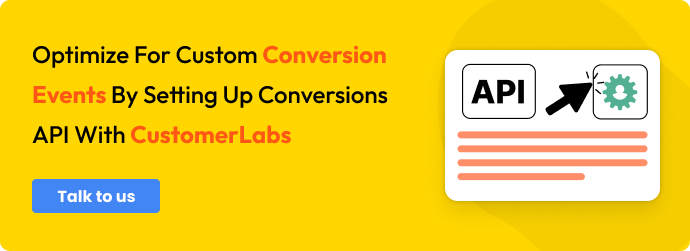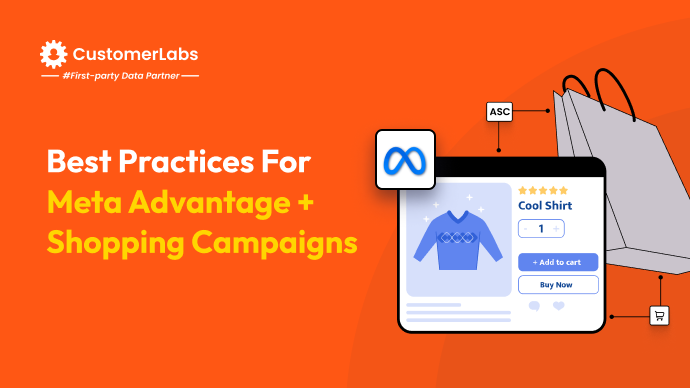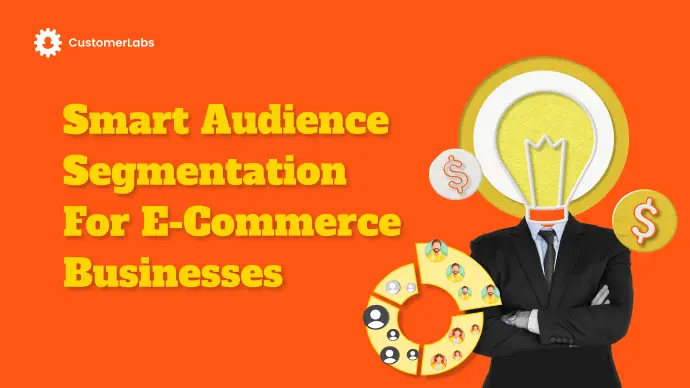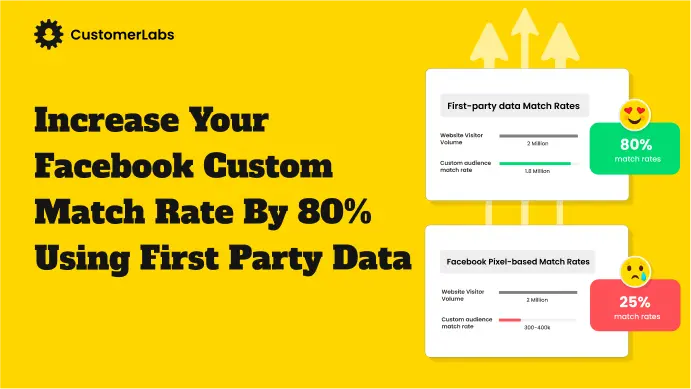If you are a WooCommerce marketer who uses its regular plugin to set up Conversions API you should know what you are missing out on. With the default Conversions API (CAPI) you are limited to leveraging just the standard conversion events to optimize your ad campaigns. This typical approach with just a handful of conversion events will hold you back from getting better results in your ad campaigns.
Now comes the real question. What can marketers do to shake off these limitations, and maximize the full potential of Meta’s Conversions API?
Well, we found some cool optimization strategies that broke the boundaries to go beyond standard conversion events. Plus, these strategies are working wonders for a few brands who ditched the standard WooCommerce CAPI setup and fell in love with the 1PD OPs strategy.
Let me elaborate on the real story of how we helped a brand that dropped WooCommerce CAPI to succeed.
The story of how we came up with the incredible strategies…
A huge e-commerce brand in the US analyzed its WooCommerce store’s Meta ad campaigns for two different products—let’s name them Product A and Product B, the first one priced at $150 and the latter at $300.
The analysis of the ad campaign’s performance data showed that the overall CAC (customer acquisition cost) was $215. This CAC is profitable only if the brand’s customers purchase Product B which is worth $300, not if they purchase Product A for $150.
This point is where the brand’s marketing team approached us to reduce their CAC for Product A, and we jumped on the opportunity to help.
To resolve their problem we went to the bottom of how the ad algorithm works.
Here’s how the ad algorithm works
Meta begins its work by simply taking in the first-party data or conversion data marketers give. Then it trains on the given data and expands in the right direction to reach the specific audience who are more likely to take the desired action. So, all that the marketers have to do is, sync Meta with specific data to optimize the corresponding ad campaigns for the intended action.
With this understanding of the algorithm, we came up with a strategy to help the brand reduce its CAC for Product A by optimizing the ad campaigns with the purchase event of Product A.
Strategy A – optimize ad campaigns for specific products in your WooCommerce store
To start with, we helped the brand’s marketers create separate synthetic events (custom conversion events) with purchases of Product A and Product B.
Then, we helped them run two ad campaigns – One campaign for product A, and the other one for product B.
In the ad campaign for Product A, we directed the brand’s marketers to choose the conversion event as a synthetic event with purchases of Product A.
Similarly, for the ad campaign with product B, we directed them to choose the conversion event as a synthetic event with purchases of Product B.
By doing so the ad algorithm will be able to better understand which user it must target for the campaign with product A, and similarly for B.
At last, the brand saw mind-blowing results in both campaigns.
- The ad campaign for Product A resulted in more conversions while simultaneously reducing the CAC from $215 to $115, making it profitable.
- The ad campaign for Product B was optimized for the purchase event of Product B resulting in more conversions.
This was a big deal for the brand as it made their business grow to the next level.
Here, Meta’s algorithms trained on the conversion event used to optimize the campaign and estimated potential ROAS, so it could place higher bids on the most valuable customers. This allows marketers to leverage the full potential of Meta’s CAPI to maximize the value and the number of conversions they get out of the campaign.
Strategy B – optimize ad campaigns for high AOV purchases in your WooCommerce store
Before jumping into Strategy B, you should know that not all purchases are of equal importance. Let’s assume a scenario where you run an ad campaign and it results in 1000 conversions but the revenue it brings is not as expected. Here, the problem is that a large part of your conversions are low-AOV (average order value) purchases which are not profitable for the business.
This is why you should be able to differentiate between high and low AOV purchases and optimize your campaign with high AOV purchases. To do that you have to first use quantile analysis and figure out which purchases are of high AOV, mid AOV, and low AOV.
Now, create a custom conversion event with purchases above high AOV in your WooCommerce store and sync it with Meta through Conversions API. Then, while setting up the ad campaign in Meta Ads choose the conversion even as a custom conversion event with purchases above high AOV.
By doing this simple tweak, you can better optimize Meta ad campaigns for your WooCommerce store to get more high average order value purchases and therefore bring in more revenue.
Combination of Strategy A and Strategy B
As an added perk, you can go a step further and optimize your ad campaign for high-AOV purchases of specific products. To do so you just have to combine both Strategy A & Strategy B and optimize the ad campaigns for high-AOV purchases of those specific products.
For example, if you sell jeans and t-shirts on your WooCommerce store you can optimize your ad campaign of jeans with high-AOV jean purchases and similarly, you can optimize your ad campaign of skirts with high-AOV skirt purchases. For that, you have to create two synthetic events – one should be all jeans purchases with high AOV and the other should be all skirt purchases with high AOV.
The big picture is…
By adopting these above-mentioned strategies you are finally leveraging Meta CAPI’s full potential to optimize your ad campaigns. With the right data, Meta places higher bids on the most valuable customer for your business bringing in more revenue.
If you wish to grow your WooCommerce business to a higher level, you have to make use of out-of-the-box strategies like we discussed above. So, take in the idea of optimizing beyond the standard conversion events, implement them in your Meta ad campaigns for WooCommerce stores, and achieve your specific business goals.







